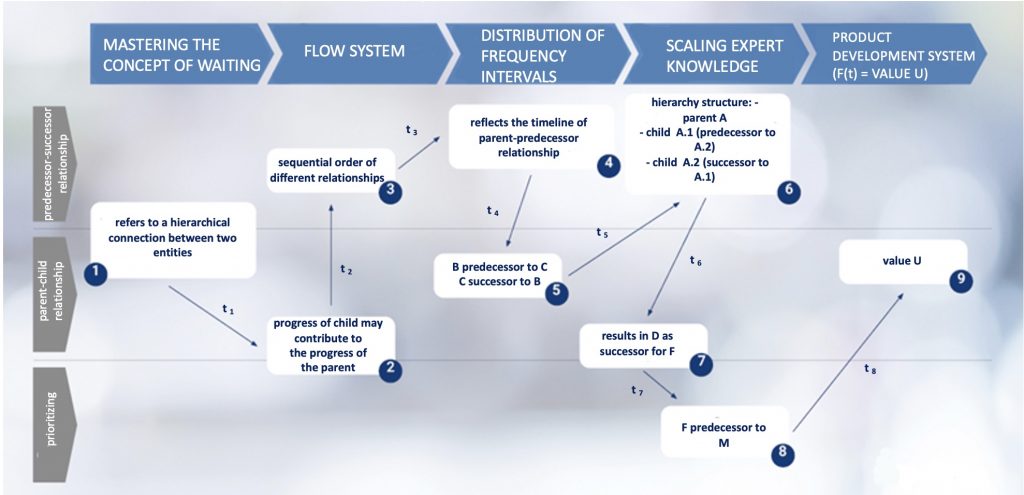Summery:
We scale knowledge work for adaptable systems, prioritizing reduced waiting time through Socioeconomic Kanban System to minimize idle periods. By optimizing key transitions in the workflow, we significantly shorten the J-curve. Insights from IT and engineering experiences emphasize the importance of this approach, enhancing flow system efficiency.
We prioritize reducing waiting time, especially through Socioeconomic Kanban, and advocate expanding knowledge work for adaptive change. Visualizing the workflow as a pipe system, we optimize key transitions to minimize idle time. This strategic approach unequivocally shortens the J-curve, also known as the valley of tears.
Mastering the concept of “waiting” is crucial. Insights from various IT and engineering product development experiences underscore that prioritizing the reduction of waiting time, especially through a Socioeconomic Kanban System, is the initial step in minimizing idle times.
To enhance the efficiency of flow systems, we recommend expanding knowledge work to embrace adaptive change.
Envisioning this flow as a pipe system, where each connection holds significance, allows for the strategic utilization of points. A connection may represent a specific point in time when an artifact transitions from F to A, subsequently to B, enabling it to progress from C and be transferred to another unit. This implies that the artifact undergoes four stop-and-go stages, which can be strategically utilized to minimize idle time.
We scale knowledge work to secure reconfigurable as well as changeable adaptive systems, aiming to maximize flow system effectiveness by scaling knowledge work for adaptive change.
We recommend focusing on the distribution of frequency intervals in each frequency range. This function is utilized to describe how these physical quantities span a specific range or are distributed among various artifacts. The central question here revolves around understanding the “how much” (can be artefacts, dates, etc.) within the context of their frequency range. This is a valuable fit to client’s feedback: most of our clients see the need to change the flow system and find their “own agile way of work” or reducing the normative “agile is fun” not to speak from feedback such as “we got lost in too much”.

We advocate directing attention toward the distribution of frequency intervals within a specified frequency range. This function is instrumental in illustrating how certain physical quantities span a defined range or are distributed among various artifacts. The central question revolves around comprehending the ‘how much’ (whether artifacts, dates, etc.) within the context of their frequency range. This aligns seamlessly with client feedback; many express the ‘need to adapt their flow system’ and establish their ‘own agile way of work. Some clients suggest reducing the normative ‘agile is fun,’ emphasizing the importance of avoiding information overload with feedback such as ‘we got lost in too much.’


